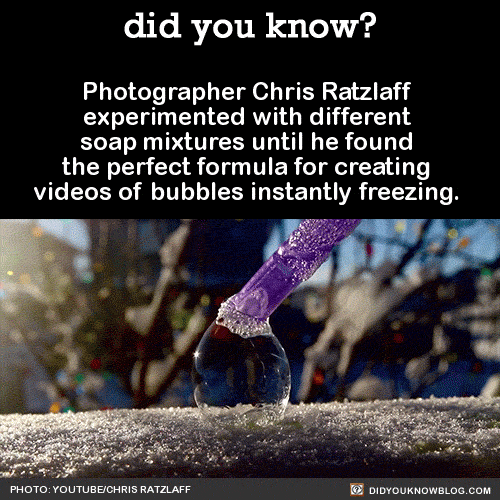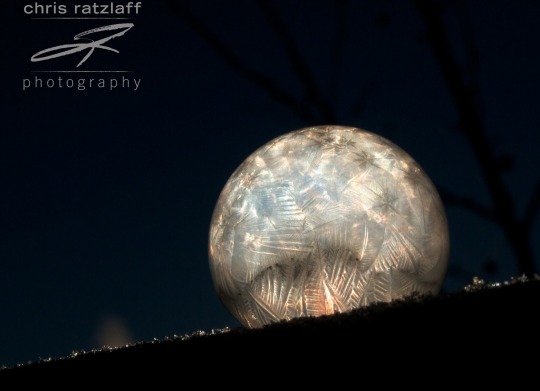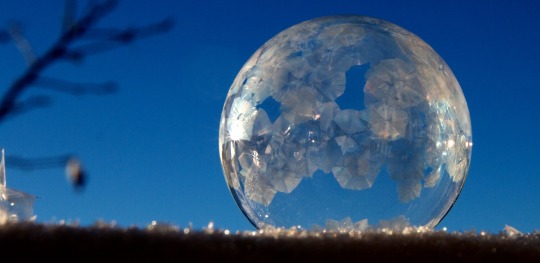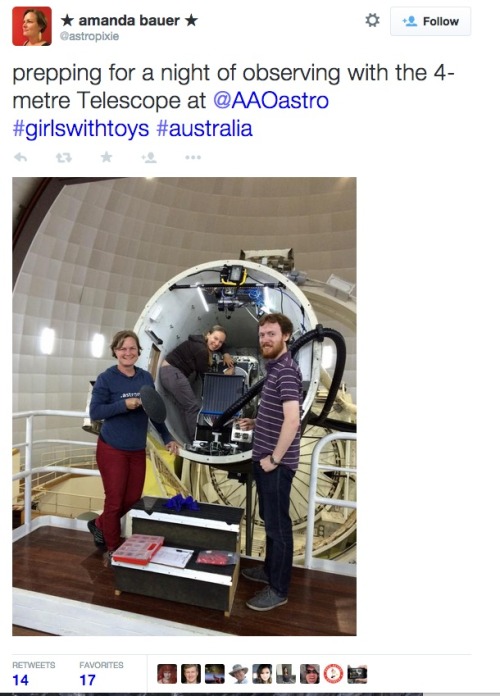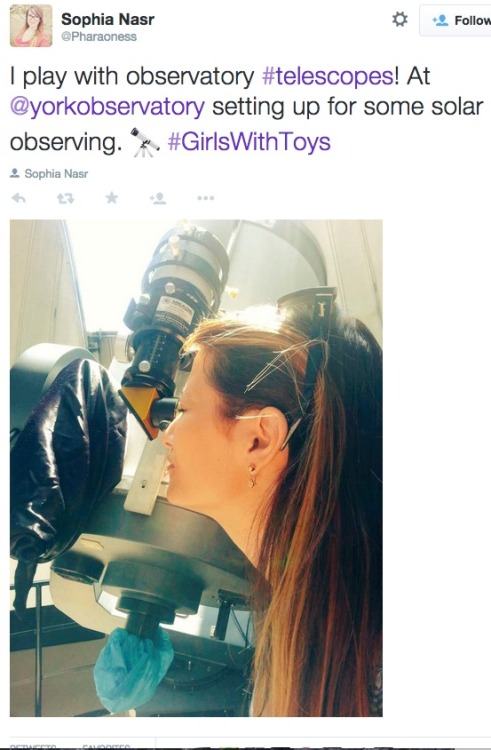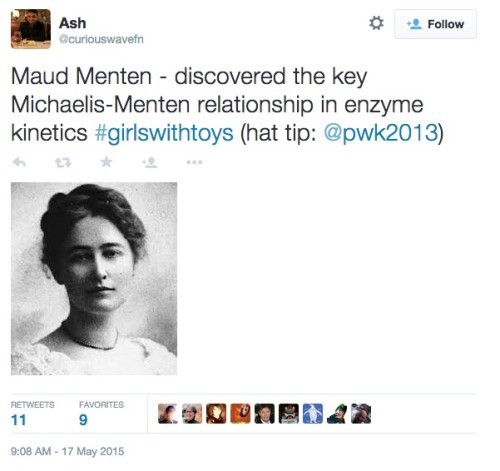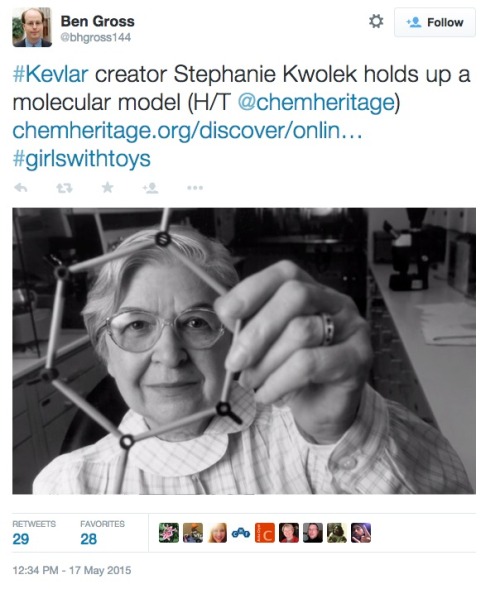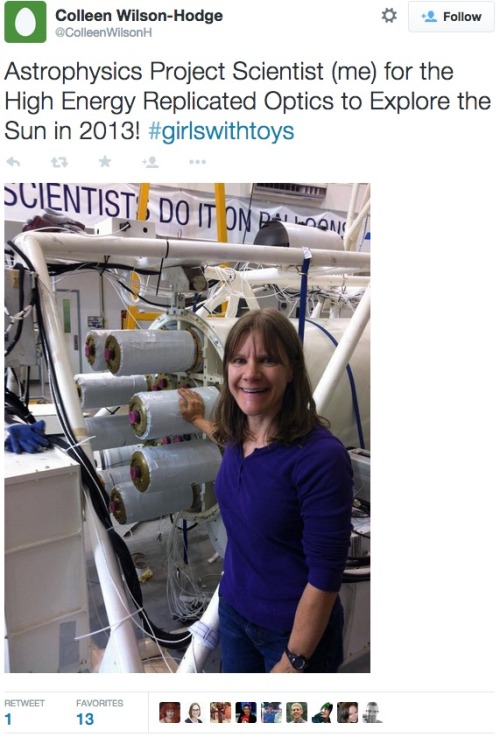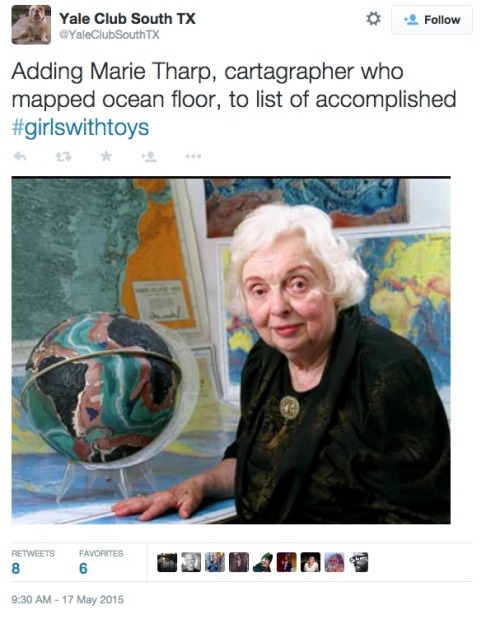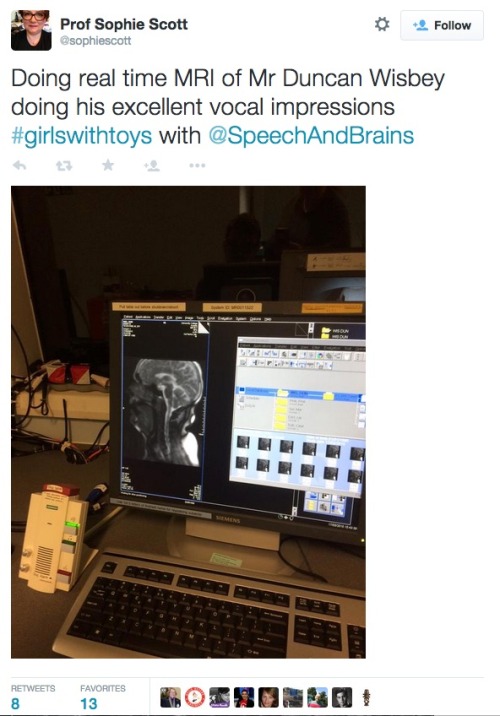“Measurements now show that intense coughs and sneezes that propel larger droplets more than 20 ft can also create thousands of aerosols that can travel even further (1). Increasing evidence for SARS-CoV-2 suggests the 6 ft WHO recommendation is likely not enough under many indoor conditions where aerosols can remain airborne for hours, accumulate over time, and follow air flows over distances further than 6 ft.”
“Given how little is known about the production and airborne behavior of infectious respiratory droplets, it is difficult to define a safe distance for social distancing.”
“From epidemiological data, countries that have been most effective in reducing the spread of COVID-19 have implemented universal masking, including Taiwan, Hong Kong, Singapore, and South Korea. In the battle against COVID-19, Taiwan (population 24 million, first COVID-19 case 21 January 2020) did not implement a lockdown during the pandemic, yet maintained a low incidence of 441 cases and 7 deaths (as of 21 May 2020). By contrast, the state of New York (population ~20 million, first COVID case 1 March 2020), had a higher number of cases (353,000) and deaths (24,000). By quickly activating its epidemic response plan that was established after the SARS outbreak, the Taiwanese government enacted a set of proactive measures that successfully prevented the spread of SARS-CoV-2, including setting up a central epidemic command center in January, using technologies to detect and track infected patients and their close contacts, and perhaps most importantly, requesting people to wear masks in public places.”
Science: Reducing transmission of SARS-CoV-2
by Kimberly A. Prather, Chia C. Wang and Robert T. Schooley


